There has never been a bigger need for efficient and high-capacity data transport solutions in today’s data-centric environment. Optical Transport Networks (OTN) are one way to tackle these demands because they allow for the transfer of vast amounts of information between data centers while guaranteeing integrity and reliability. This detailed guide looks at high-capacity OTN solutions in depth, including their architecture, functionality, and benefits within the contemporary operations of such facilities. It will help you understand where connectivity can be optimized by using an OTN system, how latency can be reduced through it, and overall network performance improvement, making this technology critical for any scalability planning or success anticipation in future data center development.
Table of Contents
ToggleWhat is an OTN Solution?
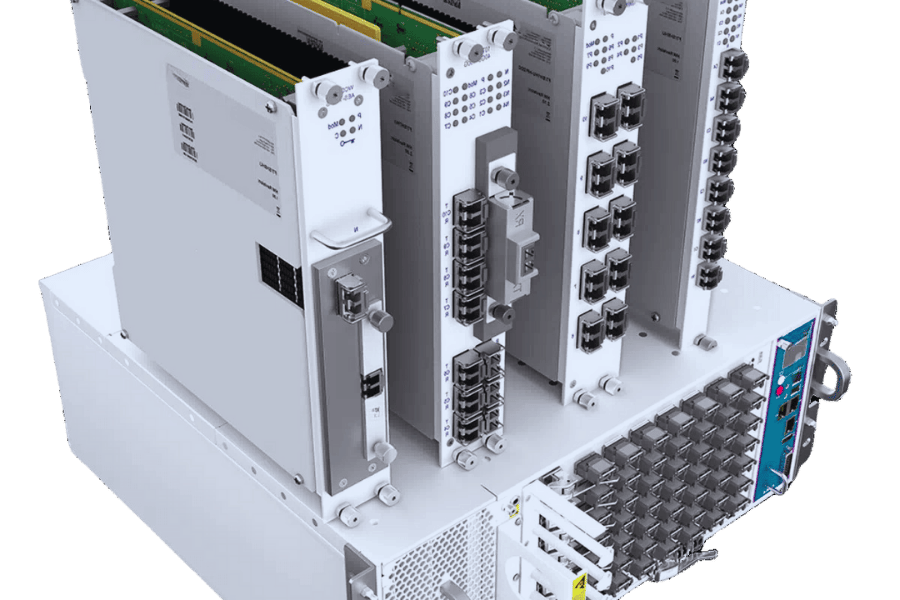
Understanding OTN Technology
Optical Transport Network (OTN) technology is a network standard that has been designed to cater for the movement of data, video and voice among other services over an optical infrastructure which is more resilient. To aggregate lower-rate signals into higher-capacity transport channels so as to ensure error correction and data integrity during transmission are achieved, OTN adopts advanced encoding methods. OTNs’ main elements involve Optical Transport Units (OTUs) used in the encapsulation of client signals and Digital Wrapper technology that adds extra information for performance monitoring and management purposes. This invention helps to improve network efficiency by enabling better bandwidth management, easy detection of faults as well as flexibility during service provision, thus making it essential for any modern-day data center operation.
Key Features of OTN Solutions
OTN solutions contain many features that enhance network performance and reliability. For one, error correction allows for high data integrity by recognizing and rectifying real-time transmission mistakes; this reduces the chances of losing data especially in critical data environment. Secondly, scalability is among the essential qualities which can enable a smooth expansion of capacity within data centers as demand increases without having to make significant changes in infrastructure. Moreover, multi-service support makes it possible for different types of information, such as voice-video or standard protocols for data communication, to be transported over one optical backbone, thus maximizing resource utilization. Another thing is greater visibility that comes with advanced performance monitoring tools alongside management systems through which network administrators are able to see deeper into network health as well as operational efficiency hence guaranteeing robust analysis too.Lastly, OTN solutions provide strong tools for resilience and performance availability within networks. Flexible service provisioning ensures quick adjustments and configurations are made depending on dynamic service level agreements (SLAs). All these features combine together to make OTN technology become a component necessary for running effective contemporary data centres operations.
Benefits of Using OTN Solutions
Data centers and network operators can benefit from adopting the Optical Transport Network (OTN) because of several reasons:
- Better Reliability: It has got strong error correction methods that enhance its dependability. This makes sure that information is not lost in transmission as well as reduces retransmissions which can be resource-consuming for networks and may significantly interest efficiency oriented organizations.
- Cost Efficiency with powerful performance monitoring included too.: OTN lowers operational costs by consolidating different data services onto one optical network. This also simplifies management and maintenance since there will be no need for separate infrastructures for various types of data.
- Bandwidth Utilization Optimization: The dynamic allocation of resources depending on traffic needs is enabled by the ability to manage bandwidth efficiently in OTNs. Not only does this maximize on available bandwidth but also ensures that during peak hours when they are most required resources are given to critical applications.
- Future-Proofing: With increasing rates of data transfer and new services being demanded regularly, the scalability offered by OTN solutions becomes necessary without much redesigning whenever network requirements change over time. Such flexibility guarantees growth alignment between technological advancements and data centers.
- Improved Network Performance: Minimal latency involved while transporting different types of information using OTN results into better overall performance across networks which benefits end-users through services like cloud applications or video streaming among others.
To sum up, modern data centers cannot do without OTN solutions, as they greatly enhance their operational capabilities and are reliable, cost-effective, and flexible enough to handle current complex networking demands.
How Do OTN Solutions Work in Data Centers?
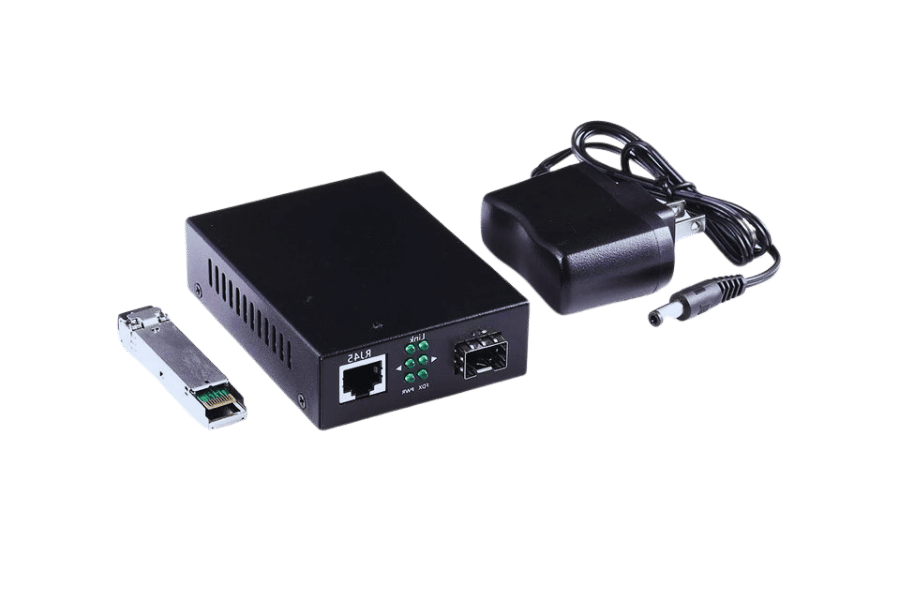
OTN Technology in Data Center Interconnection
Data center interconnection depends on the Optical Transport Network (OTN) technology which is used as a platform for efficient data transfer. OTN encapsulates many data streams into one optical signal so that it can be transmitted over long distances at high capacity with low latency, usually through dual fiber technology. In this case, wavelength division multiplexing (WDM) is applied where several wavelengths are sent concurrently through one fiber thus increasing bandwidth capacity significantly.
Moreover, the architecture of OTN has error correction and monitoring mechanisms built into it to improve data integrity and operational reliability. With these capabilities, connectivity between different sites within a data center can be made seamless thereby enabling load balancing efficiency, robustness in recovering from disasters as well as continuous monitoring of real-time data validity. Additionally, being modular allows easy integration of new services and applications for handling more information traffic needs thus making it future-proof against evolving demands of this field.
To sum up everything said above; Without doubt or controversy opinion may vary widely about many things but not on this point: without OTN there would be no modern-day interconnectivity within our centres supporting high bandwidth efficiency operational reliability scalability managing today’s environments where we have so much information moving around all at once.
Implementation Steps for OTN Solutions
A methodical approach is needed to ensure better performance and integration while implementing Optical Transport Network (OTN) solutions in a data center environment. Here are the main steps for successful deployment of OTN:
- Evaluation of the current infrastructure: A comprehensive analysis should be made before any implementation. This will involve among others; identifying how bandwidth is being used presently, traffic patterns and scalability needs in future which will help in determining the right OTN solution.
- Designing and Planning: Create a detailed plan that shows how the architecture of your proposed OTN system will look like. Choose appropriate hardware such as routers or switches capable of supporting this technology; come up with fiber optic layouts & provide redundancy so as to achieve high availability.
- Equipment Procurement: Purchase all required components which may include transponders, multiplexers among other things considering compatibility and optimization for use with OTNs according to design specifications.
- Installation & Configuration: Install hardware based on planned designs; configure OTN nodes; apply relevant network protocols while ensuring error correction mechanisms are turned on for data integrity purposes.
- Testing & Validation: After installing everything, thoroughly test everything to ascertain whether it works reliably at different points within your network where applicable, e.g., checking capacity bandwidth between sites, measuring latencies, etc., and also test redundancy mechanisms.
- Monitoring & Maintenance: Put tools in place that can monitor continuously how well your OTN is performing across the entire network infrastructure. Regular maintenance updates should be done promptly whenever necessary taking into account changing traffic loads vis-a-vis operational reliability requirements over time.
Organizations that follow these guidelines can deploy efficient data transport systems through their centers, thereby meeting the modern interconnectivity challenges posed by large amounts of information today.
What are the Main Applications of OTN Solutions?

OTN Solutions in Telecom Networks
Telecom networks mainly use OTN (Optical Transport Network) solutions to enable data transmission with a high capacity for long distances. They increase the efficiency of information conveyance by providing more bandwidth, support for different service types, and better fault tolerance. Through this technology, wavelength division multiplexing (WDM) is possible, where many data streams can share one optical fiber simultaneously. Besides that, OTN has strong error correction as well as monitoring functions, which ensure both the integrity of data and the reliability of the network used in its operation. As communication needs become more diverse while data rates keep increasing in telecommunications networks today; therefore remains an essential part among other components required for managing contemporary communication infrastructure based on OTN.
OTN for Business Data Management
OTN solutions are crucial as they provide stable and expandable methods for transferring business data. Such solutions enable different departments’ information to integrate seamlessly, enabling companies to handle huge amounts of data efficiently. OTN can help businesses realize improved data security through inclusive encryption and error correction that protects sensitive information when it is being transmitted. Another thing is that it supports many types of services, which ensures that enterprises can be scalable with changing needs; this includes cloud computing services, among others, like video conferencing or real-time analytics. In other words, using OTN technology enables organizations to improve operational efficiency while at the same time ensuring maximum accessibility and dependability of data throughout their network systems.
Use of OTN in Social Media Data Channels
Social networking sites have started to incorporate Optical Transport Network (OTN) technology into their data channels so that they can handle large volumes of user-generated materials more easily. With the help of high bandwidth capacity from OTN, social media platforms are able to send huge video files and pictures as well as live-streaming data quickly and without any delays. Robust error correction capabilities coupled with monitoring functions in OTN ensure that such content is delivered without disruption, which improves user experience. Moreover, during periods when there is the highest usage, the scalability of OTNs enables them to make dynamic changes so as to cater to traffic spikes, thus ensuring responsiveness and reliability in platforms. In general, this technology is key in enhancing the performance and reliability of social media data channels where demand for sharing instant high-quality content is increasing tremendously.
Challenges and Solutions in Deploying OTN Solutions
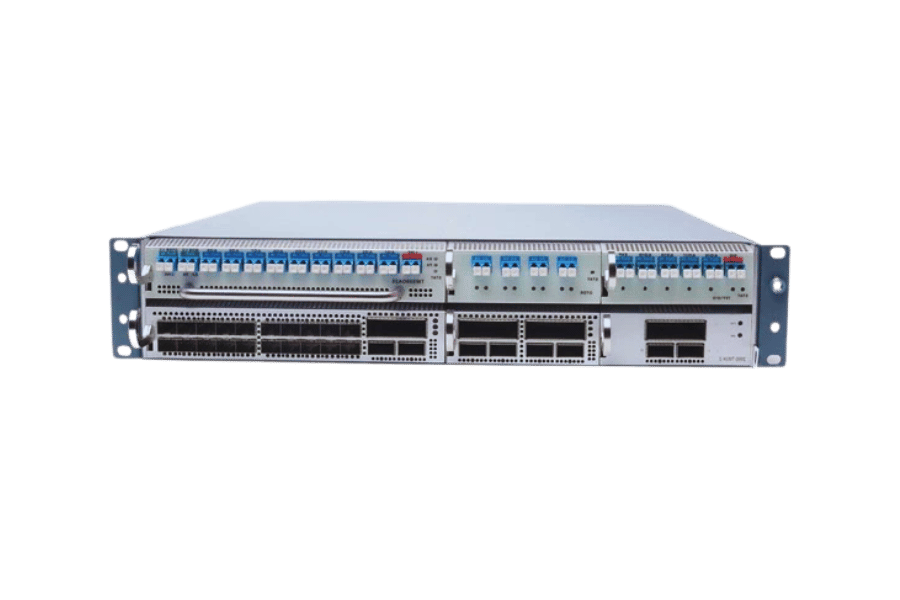
Overcoming Capacity Challenges with OTN
The capacity of the Optical Transport Network (OTN) solutions to deploy multiplexing techniques effectively is its most significant advantage in dealing with capacity-related problems. OTN employs wave division multiplexing (WDM), which leads to a considerable increase in data transmission capability through existing fiber infrastructures by allowing multiple signals to be sent concurrently over one light path. In addition, organizations can dynamically allocate their network resources using OTN support for resilient and reconfigurable network architectures, hence optimizing bandwidth utilization during peak hours when demand fluctuates rapidly. Another measure that can be taken towards ensuring continuous performance involves the implementation of network monitoring tools that help detect possible bottlenecks, thereby facilitating early resource allocation and hardware upgrade where necessary. Therefore, being scalable makes it possible for OTN to cater to growing traffic needs brought about by modern applications, which greatly attracts IT departments.
Power Management in OTN Solutions
Efficient energy consumption is the most important part of Optical Transport Network (OTN) solutions because they directly affect operational costs and environmental friendliness. Dynamic power adjustment, which enables equipment to adjust its power consumption depending on the current traffic load, is one among many other power-saving features that are common in OTN technologies. Another way to reduce overall power usage is through intelligent cooling systems together with energy-efficient hardware implementation. Organizations can achieve not only better network performance but also reliability and durability by following these methods. Therefore this approach guarantees that OTN solutions will be able to meet higher levels of performance while still considering more stringent demands for energy efficiency.
Ensuring Low Latency with OTN
In applications such as cloud computing, financial services, or video streaming where data has to be transmitted in real-time, Optical Transport Networks (OTN) must have low latency. Data encapsulation techniques that are efficient and routing protocols designed for optimal performance where the number of hops required for data through the network is reduced are examples of how this is achieved by OTNs. With wavelength division multiplexing (WDM) supported by OTN, multiple signals can be transmitted concurrently over one optical fiber which helps in increasing throughput while minimizing delays. Moreover, integration of edge computing into the OTN architecture could result into significant reduction of response time due to its ability process data closer to source hence cutting down on overall end user perceived latencies.Finally, these methods guarantee not only meeting very strict modern application requirements but also quickening things up for people by ensuring fast and reliable delivery, which makes it among handy tools for contemporary networks.
How to Choose the Right OTN Solution for Your Needs?
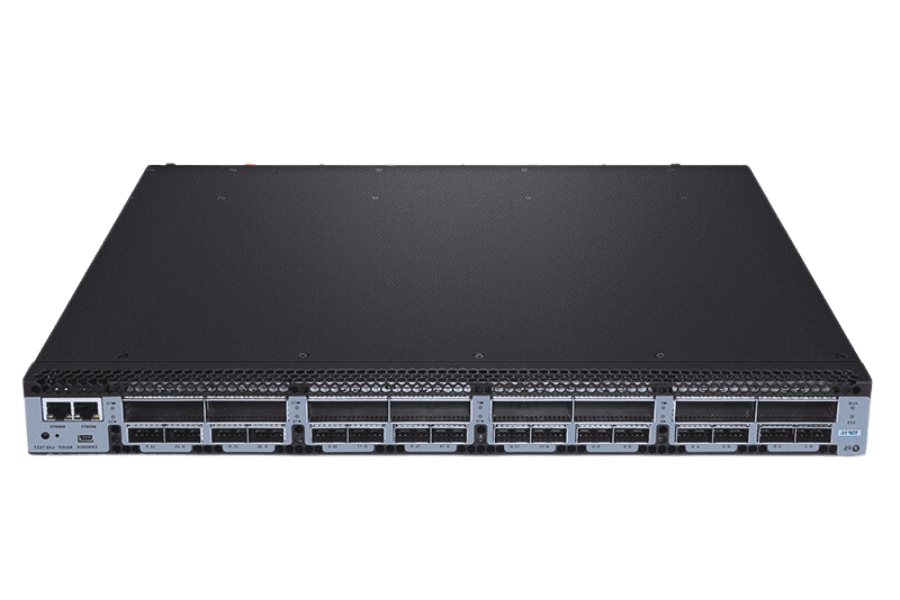
Evaluating OTN Solutions for Large Capacity Transmission
While evaluating Optical Transport Network (OTN) solutions for the transmission of large capacity, organizations must look at such important features as dual fiber support. Firstly, the scalability of a solution should be considered with regard to this ability to meet growing demands over time without any significant changes in infrastructure. It is also necessary to evaluate supported protocols that should be wide and inclusive – an OTN solution is supposed to work well even with legacy systems; besides, they have to support dual fiber compatibility.
Secondly, performance metrics need to be checked which include bandwidth capacities alongside signal qualities. These high-capacity OTNsolutions usually achieve higher throughputs by utilizing such advanced methods as wavelength division multiplexing (WDM), thereby enabling more than one data stream transmission simultaneously over a single fiber. Additionally,data-intensive applications require low latency and high reliability thus insisting on good network management practices.
Finally, one has to consider the vendor’s post-implementation support system, among other things.For instance, a robust after-sales service should comprise quick response times and long-term effectiveness in fixing problems promptly so as not only to ensure immediate efficiency but also to guarantee reliability in the end. By taking into account these aspects, organizations can choose wisely among different available models, ensuring maximum functionality according to their needs for large-capacity transmission based on optical fiber networks.
Comparing Key OTN Solution Providers like FS.com
In comparing OTN solution providers, businesses need to look at a number of factors:
- Scalability: Can the provider’s system accommodate growth without requiring major changes?
- Protocol Support: Is it able to work with modern as well as older systems seamlessly?
- Performance Metrics: What is the maximum bandwidth capacity and how does signal quality differ across different applications?
- Technology: Does the provider employ WDM or other advanced methods for greater throughput?
- Latency and Reliability: What measures are taken to ensure low latency and high reliability?
- Support Services: What type of post-implementation support and maintenance do they offer?
FS.com is one such provider that excels in all these areas with scalable solutions which can be easily integrated into existing infrastructures while also giving priority to performance and ongoing support among other major providers.
Considerations for Simple Operation and Maintenance
When picking an Optical Transport Network (OTN) solution, ease of operation and maintenance are important. This can be achieved by having a simple user interface that allows people to navigate through the network easily thus being able to manage it properly without going through much training. Automated monitoring tools are essential because they give real-time insight into how the network is performing, which can enable proactive maintenance, hence reducing downtime and ensuring a strong, reliable network.
Secondly, it is necessary for vendors to provide wide-ranging documentation together with training resources so that operational teams can efficiently troubleshoot and resolve problems. Simplified firmware as well as software updates increase system reliability on one hand while minimizing manual upgrade-related operational workload on the other hand. To sum up, holistic support channels should be integrated, like giving access to expert technical assistance and community forums, among others, since this will simplify even further the maintenance process by enabling teams to effectively deal with any arising challenges.
Future Trends in OTN Solutions
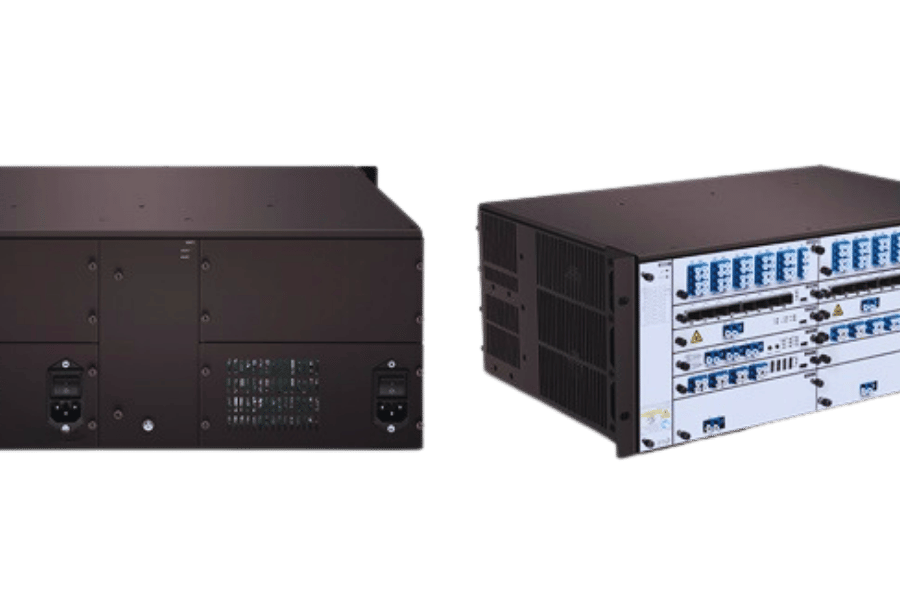
Innovations in High-Capacity OTN Solutions
Current OTN developments aim to boost capacity and efficiency by utilizing a number of key innovations. For example, carriers are now able to send many signals down one optical fiber at the same time thanks to improvements in wavelength-division multiplexing (WDM) technology that have taken it to new levels, greatly increasing its data-carrying capabilities. In addition, reach and performance at higher data rates are improved through enhanced signal integrity brought about by better digital signal processing (DSP) techniques.
Moreover, dynamic bandwidth allocation can be achieved within an OTN infrastructure if software-defined networking (SDN) principles are adopted thereby allowing for more flexible network management together with improved resource utilization optimization while ensuring scalability depending on variable data requirements.
Furthermore, predictive maintenance has been made possible through artificial intelligence (AI) and machine learning (ML) based analytics for networks; therefore operations become smoother as these systems have the ability to anticipate performance issues and take corrective actions before they affect uptime or reliability. In general terms, where there is growth in high-capacity OTNs, such integration sets up networks well enough to meet future demands of data traffic as per these advancements.
The Role of Fiber Optic Technology in OTN
Optical Transport Networks (OTN) are based on fiber optic technology, the latter being responsible for high-speed and large-capacity data transmission. What distinguishes this technology is its ability to use optical fibers in sending light signals across long distances with minimal energy loss hence making it a perfect fit for carrying huge amounts of data. Fiber optics provide wider bandwidth than traditional copper cables do which means that OTN systems can handle more traffic generated by different applications via double fiber links.
Additionally, fiber optics enhances the strength of OTN infrastructures so that they can withstand diverse challenges. Optical fibers are designed in such a way that they not only transmit information accurately but also securely due to their immunity against electromagnetic interference as well as various environmental factors. Moreover, integration of advanced DWDM systems into these networks increases their efficiency thereby enabling simultaneous transmission of multiple data streams without any degradation in quality or speed along the route. In other words, without fiber optic technology, OTNs would not be able to create communication platforms with high-performance levels that are scalable and resilient at the same time.
Integration of Night Vision Technology in OTN Solutions
The use of night vision technology in OTN solutions increases the observance and monitoring abilities of network systems. Image intensification or thermal imaging is commonly used in night vision devices to allow them to work even in areas with low light or complete darkness, which guarantees that the operational continuity of the network facilities is not disrupted. Organizations can protect their OTN installations from unauthorized entry or extreme weather events by integrating night vision systems into these environments. This is important for security because it enables operators to detect any threats posed to critical parts of their OTNs during the dark hours before they cause much damage; also, it helps with preventive maintenance as technicians can diagnose performance problems and assess infrastructure conditions beyond normal working time if necessary. Hence, incorporating NV technology into OTN architectures represents a major breakthrough toward ensuring high levels of availability and robustness standards are met.
Reference Sources
Frequently Asked Questions (FAQs)
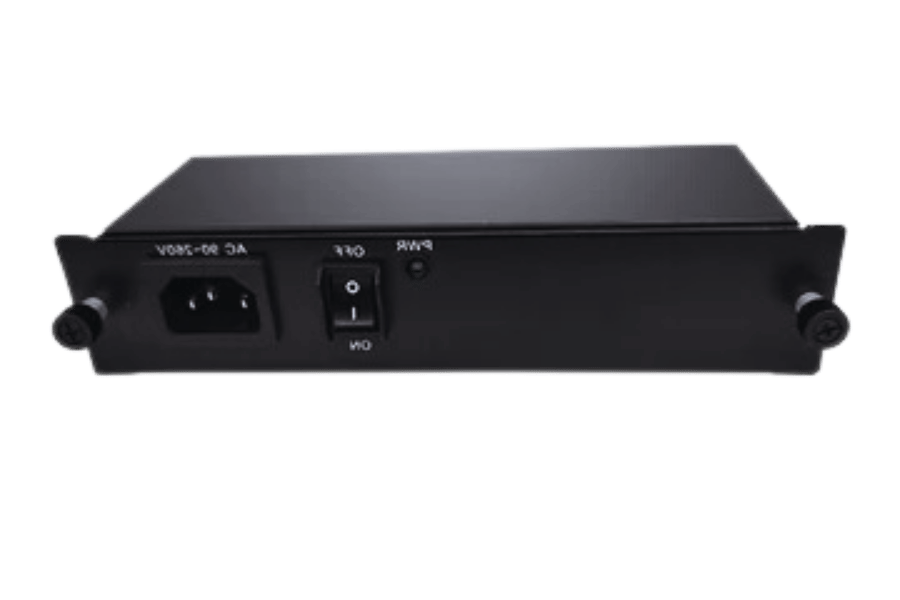
Q: What is an OTN Solution for Data Centers with High Capacity?
A: A high-capacity OTN (Optical Transport Network) solution for data centers refers to a platform that can handle and transport extremely large volumes of data at very high-efficiency levels and low latencies. This guarantees strong long-distance connectivity as well as network protection for complex network requirements.
Q: How can I prepare myself to implement High Capacity OTN Solutions?
A: To prepare for implementing a High-Capacity OTN solution, you must evaluate your data center needs, select appropriate equipment and ports, such as 100G QSFP28 on the client side and 200G CFP2 on the line side, and work with your OTN solutions provider on installation and configuration support.
Q: Can this solution help in reducing complexity within Data Center Operations?
A: Yes. The high-capacity OTN solution significantly reduces operational complexities by providing a centralised platform that simplifies data transport management. This allows it to seamlessly integrate with existing infrastructure while ensuring comprehensive monitoring capabilities.
Q: Which products come with a package of High Capacity OTN Solutions?
A: The package usually comprises devices like DWDM Mux Demux, different port modules including 100G QSFP28 and 200G CFP2, protection mechanisms, and long-distance recovery equipment for guaranteed secure data transmission.
Q: How do I begin using the OTN solutions from OTN Solutions Group LLC?
A: For you to start using our OTN solutions at OTN Solutions Group LLC, please reach out to us directly so that we can offer consultation services aimed at guiding you through the process of choosing suitable high-capacity OTN solutions that are tailored to your specific needs within the data center.
Q: What is the expected performance of devices such as the DWDM Mux Demux?
A: Usually, in high-capacity OTN solutions, these have good performance, like ultra-low typical IL and the ability to work at 1310nm and 100GHz for effective data transfer.
Q: How do I get post-installation support for my High Capacity OTN Solution?
A: If you want any help after installation, then reach out to our customer support team, who will help you with monitoring, maintaining, and troubleshooting. Please provide us with your feedback for improvement. We also have a user support community forum, which can be interesting for our followers, too.
Q: What are the privacy policy considerations when using OTN solutions? Do I need to sign any agreements?
A: Yes, we need to accept the user agreement and privacy policy related to our OTN solutions usage so that data is protected and compliance with regulations is also ensured.
Q: Can I follow and stay updated with the latest from the OTN Solutions Group LLC?
A: Definitely! You can connect with us on social media platforms, join our customer community, or subscribe to our newsletters, where we share information about new products/services/innovations related to high-capacity OTN solutions.
Q: What is the primary service offered by OTN Solutions Group LLC related to High Capacity OTN Solutions?
A: This company mainly provides advanced state-of-the-art high-capacity OTN solutions, including devices and ports, as well as comprehensive support services designed specifically for efficient data transportation management within modern-day data centers.
